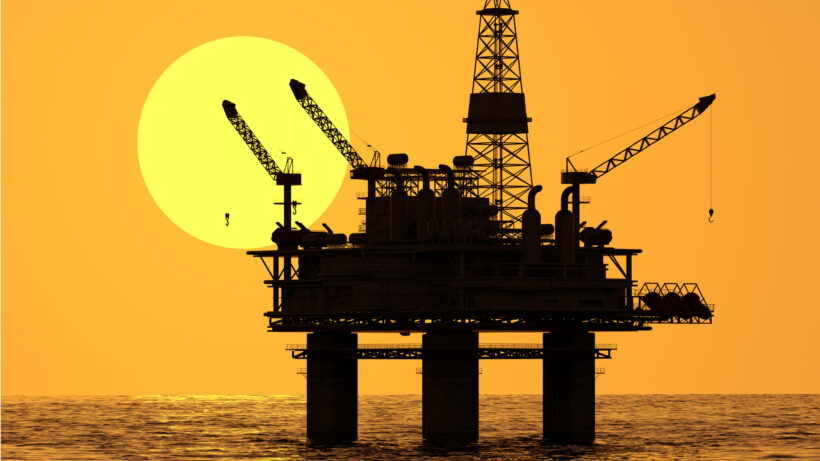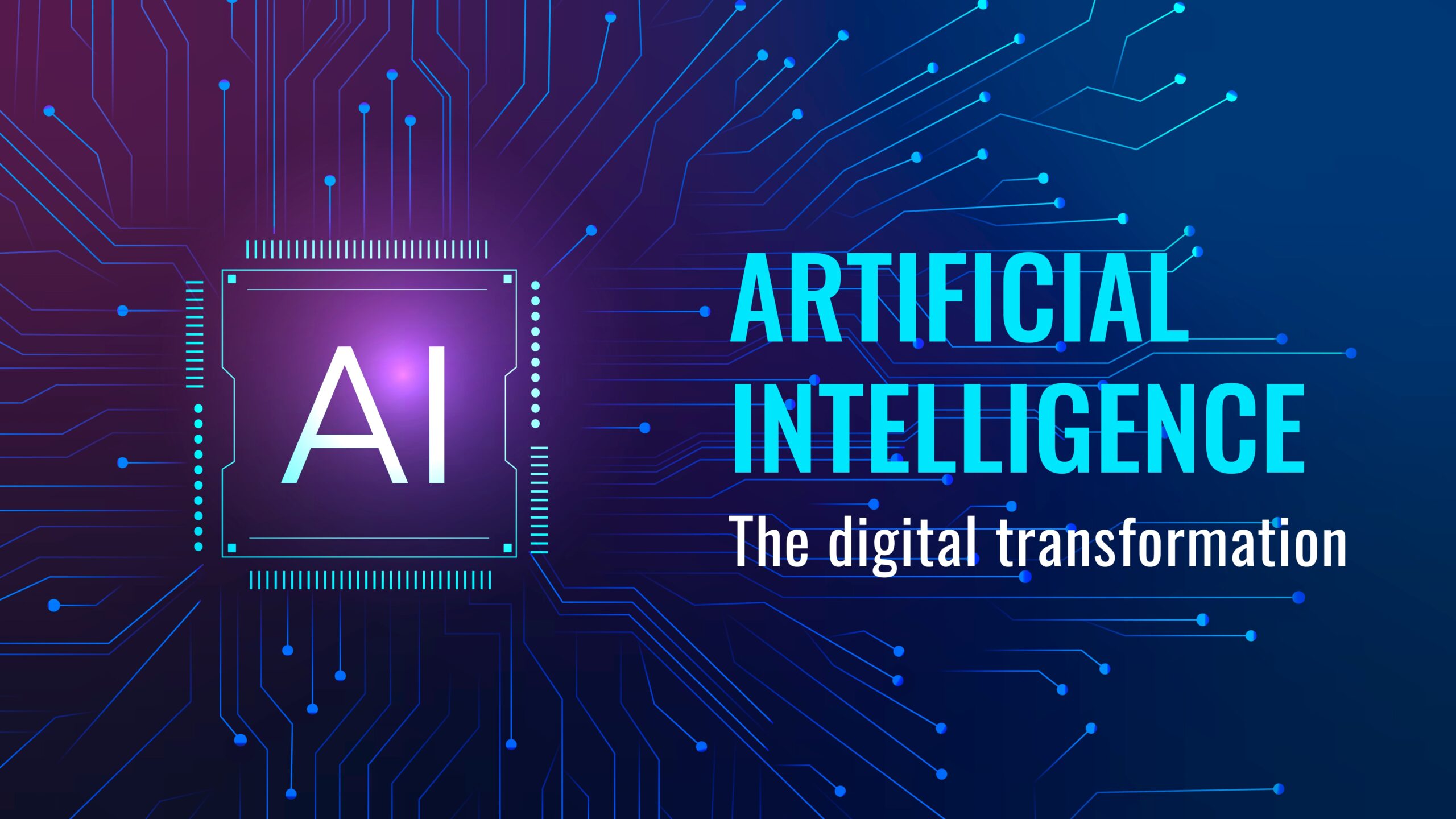In recent years, artificial intelligence (AI), in its many integrated flavors from neural networks to
genetic optimization to fuzzy logic, has made solid steps toward becoming more accepted in the mainstream of the oil and gas industry.On the basis of recent developments in the field of Oil & Gas upstream, it is becoming clear that petroleum industry has realized the immense potential offered by intelligent systems. Moreover, with the advent of new sensors that are permanently placed in the wellbore, very large amounts of data that carry important and vital information are now available.
To make the most of these innovative hardware tools, an operator intervention is required to handle the software to process the data in real time. Intelligent systems are the only viable techniques capable of bringing real-time analysis and decision-making power to the new hardware.
An integrated, intelligent software tool must have several important attributes, such as the ability to integrate hard (statistical) and soft (intelligent) computing and to integrate several AI
techniques. The most used techniques in the Oil and Gas sector are:
• Genetic Algorithm (GA), inspired by the biological evolution of species in natural
environment, consists of a stochastic algorithm in which three key parameters must be
defined:
1. Chromosomes, or better, vectors constituted by a fixed number of parameters
(genes).
2. A collection of chromosomes called genotype, which represents the individuals of
a population.
3. The operations of selection, mutation, and crossover to produce a population from
one generation (parents) to the next (offspring).
• Fuzzy Logic (FL) is a mathematical tool able to covert crisp (discrete) information as
input and to predict the correspondent crisp outlet by means of a knowledge base
(database) and a specific reasoning mechanism. To achieve such goal, the crisp
information is firstly converted into a continuous (fuzzy) form, secondly processed by an
inference engine and at least re-converted to a crisp form.
• Artificial neural network (ANN) is constituted by a large number simple processing
units, characterized by a state of activation, which communicate between them by sending
signals of different weight. The overall interaction of the units produces, together with an external input, a processed output. The latter is also responsible of changing the state of
activation of the units themselves.
AI applications in Oil and Gas industry
Exploration & Production (E&P) sector
Most of the resources in the Oil and gas field is centered in drilling operation in which artificial
intelligence finds natural application. Drilling success and safety are related to an accurate
prediction of the likely performance of different factors such as:
• Pre-drilling settings (rig, logistics and associated drilling risks)
• Drilling equipment (casing and tubing pipes, drilling mud)
• Downhole machinery behavior (vibrations, torque limits)
The development of models, implemented by AI systems, permits to avoid the necessity of
disposing of real-time data and to produce smart outcomes in order to quickly re-establish optimum operating conditions.
Relatively to the selection of Drill bits, trained artificial neural networks (ANNs) have been used:
they are able to suggest the best drill bit to select (roller cone, diamond insert or a hybrid) analyzing a user defined database. The latter should include information relative to the IADC bit codes correlated with specific geological data.
Neural and network system (commonly GRNNs) gave accurate results in the prediction of mud
the fracture gradient. As input parameters to the model, the depth of the well, the overburden
gradient and the Poisson ratio must be provided. It is important to keep in mind that the results will strictly depend upon the range of the data set, and that extrapolations may loss in accuracy.
In the planning stages of a well, drilling engineers are responsible for the establishment of the
different depths at which the well must be cased to ensure an overall desired perforation depth. To avoid casing collapse, a neural network approach adopting a BPNN based spreadsheet program can be used. Back-propagating neural networks (BPNN) are constituted by a defined number of “layers”. Each layer is interconnected with the other: in particular, the input layer is connected with hidden layers which are in turn connected to the output layer. This neural net, provided of an historical well archive, is fed (input layer) with specific data of the well under consideration (i.e. location, depth, casing strength). Furthermore, the BPNN is able to estimate an “experienced”casing case probability.
Another example of AI application is given by the real time drilling optimization in which
artificial intelligence system are adopted to improved monitoring of downhole parameters
optimizing the drilling operation.
A crucial real-time operation is the Estimation of hole cleaning efficiency in terms of cutting
concentration. During the drilling process, the wellbore is filled with many rock fragments
(cuttings) generated by the mechanical action of the drill bit. In order to remove those cuttings
from the well, a drilling fluid, or drilling mud, is pumped from the drill bit and exits from the
wellhead: the cuttings are lifted and carried on the top of the well. According to this, the cutting concentration (expressed as a %) is the residual amount of rock fragments into the well after the cleaning action of the mud (Figure 5 gives a visual idea of the situation described). Inefficient removal of the drilled cuttings may lead, in some severe cases, to the loss of the well due to stuck pipe.
For the estimation of the hole cleaning efficiency, artificial feed-forward neural network with
back-propagation (BPNN) can be used. As input to the model all the parameters which affect the cutting concentration must be given. The latter are divided in specific parameters of the drilling (rate of penetration, inclination angle of the wellbore) or in parameters regarding the rheology conditions of the mud (viscosity, density).
Future-proof your operations, onshore or offshore
Whether you focus on exploration, extraction, transportation, storage, or production, at SCS Tech, we cater to all sectors of the oil and gas industry. From crude oil to natural gas and natural gas liquids, from refineries to gas treatment and petrochemical production, from pipelines to storage facilities, our service solutions and expertise give you the competitive edge. We ensure and boost the performance of the turbomachinery that lies at the heart of your value-adding process.









